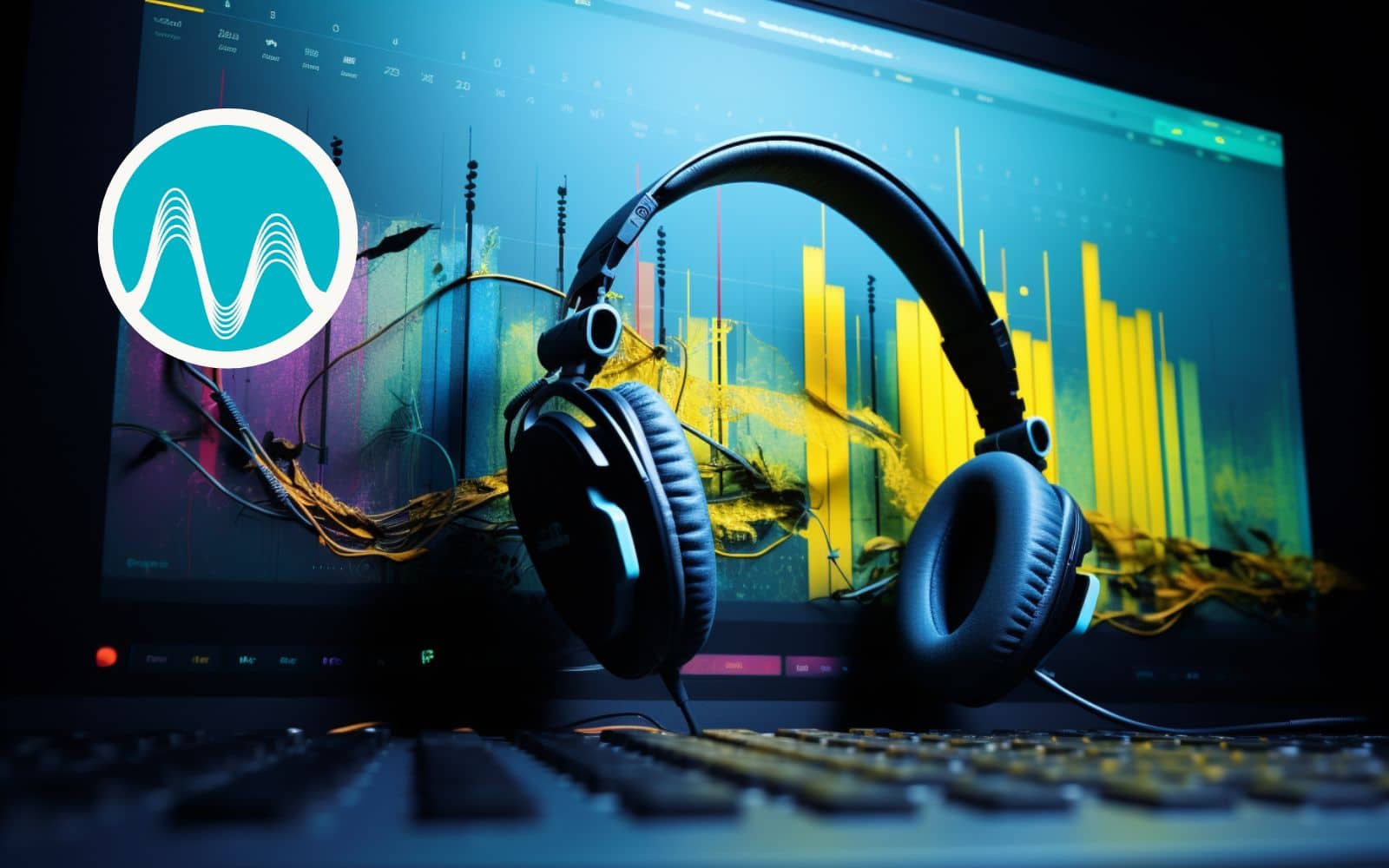Artificial intelligence or AI technology, called text-to-speech or voice synthesis in the voice over world. It can recreate natural-sounding human speech via a number of advanced methods, including machine learning and high-tech algorithms.
In essence, AI voice interprets and converts written words into speech, creating an innovative way for computers and similar electronic devices to communicate with those using them.
The field has developed at speed. The last year alone has been transformational. Which means artificially generated voices are no longer the basic, rough-and-ready affairs they once were. The tech has immeasurably improved AI’s capacity for appreciating and copying human speech’s nuances, with incredibly realistic, highly expressive AI voices the result, and increasingly the norm. So AI voice has certainly come a long way.
AI Video Translation
One area where some amazing advances have been made is the voice translation of videos. Check out our video below for a quick demo of what is possible. You will never need a translator again!
Indeed, synthetic voices can be heard these days in a wide range of applications that we all come across in our daily lives.
These include (but are not limited to):
- GPS systems
- Virtual assistants
- Customer service calls
- Accessibility for those with a visual impairment
- Podcasting
- Voice over work
The technology is in fact so good, it’s getting harder than ever to know what is real and what is not.
How Does It All Work?
Developing AI voice involves a number of cutting-edge disciplines. Our video explains a little more about the complex large language models. If you want to dwelve deeper we encourage you to watch:
In a nutshell, we can break down the most common methods into three key approaches:
- Machine learning algorithms – Most AI incorporates powerful machine learning algorithms which allow machines to learn from data and enhance their performance. This is how the AI model starts to recognise patterns and connections between words on the screen and speech. And as the model processes more data, it understands more in terms of phonetics and related elements of speech, making AI voices sound more natural and expressive.
- Natural Language Processing (NLP) – This is a key area of AI voice tech which allows machines to interpret and understand human language. It enables them to break down written words to find key essentials, including meaning and emotion so that, ultimately, synthetic voices sound more like human ones.
- Speech synthesis techniques – Thanks to these, machines can convert text into expressive speech which people can understand. The pioneering Text-to-Speech method, for example, can use deep-learning models to create speech from text, again making artificial voices sound more natural than ever.
AI Voice Over Pros!
At Music Radio Creative, our boutique approach to AI voice overs in myriad styles, genders, languages and accents. We will generate the ai voices and our producers will edit the audio for it’s final destination – whether it’s a podcast, DJ intro, radio jingle or anything in between.
So, whether you need a jingle, DJ drop or something for a podcast, type in your script, place your order and expect delivery in more than two working days.




